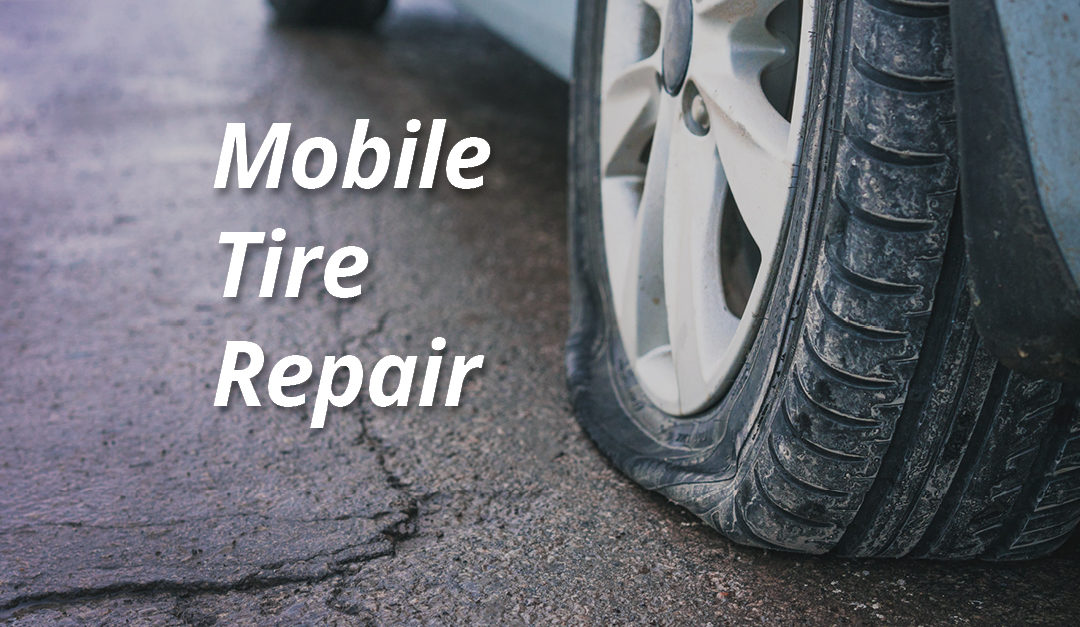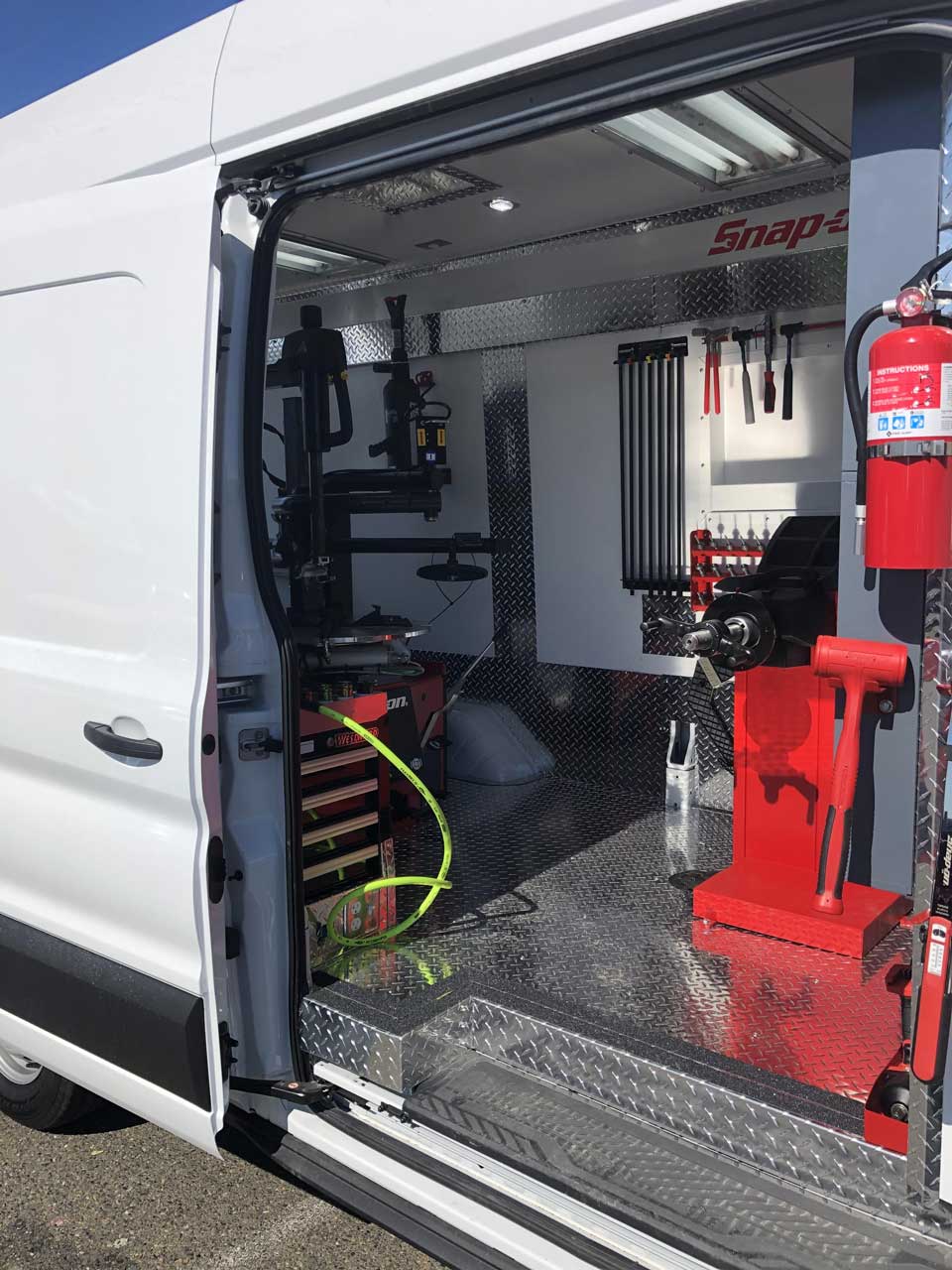Tire Solution: Proven Techniques for Optimum Tire Maintenance and Care
From ensuring appropriate tire pressure to normal turning and placement, there are proven approaches that can dramatically extend the lifespan of your tires and boost general driving experience. Let's delve into the world of tire solution and uncover the tricks to maintaining your tires in first-class form for the lengthy haul - Flat Tire Repair Las Vegas.
Relevance of Tire Pressure
Proper tire pressure is a crucial consider ensuring optimum vehicle efficiency and security when traveling. Keeping the advised tire pressure levels given by the maker uses numerous benefits. To start with, appropriate tire stress promotes far better fuel effectiveness, as under-inflated tires can bring about boosted rolling resistance, creating the engine to work more difficult and consume even more fuel. Secondly, proper tire stress ensures even step wear, improving tire long life and conserving cash in the future by delaying the requirement for premature substitutes. In addition, appropriately inflated tires add to boosted handling and braking abilities, vital for risk-free driving in different roadway conditions. Over-inflated tires, on the other hand, can lead to minimized grip and a harsher trip. Alternatively, under-inflated tires are vulnerable to overheating, which can lead to blowouts and crashes. Regularly checking and changing tire pressure, especially in the past lengthy journeys, is a simple yet efficient means to boost automobile efficiency, expand tire life-span, and prioritize safety when driving.
Tire Rotation Standards
When taking into consideration tire rotation standards, it is vital to comprehend the importance of this maintenance task in optimizing tire life-span and keeping ideal automobile performance. Tire rotation entails changing the position of each tire on an automobile to make certain also step wear. Front tires have a tendency to use faster than rear tires as a result of guiding pressures, making routine rotation important for balanced wear patterns. The advised rotation pattern varies depending upon whether a vehicle is front-wheel, rear-wheel, all-wheel, or four-wheel drive. Usually, tires should be rotated every 5,000 to 7,500 miles, or as recommended in the vehicle handbook. Overlooking tire rotation can bring about irregular wear, affecting handling, traction, and potentially compromising car security. By sticking to correct rotation standards, motorists can prolong the life of their tires, enhance fuel efficiency, and improve total driving experience. Routine turning is a straightforward yet effective maintenance method that adds considerably to tire long life and vehicle performance.

Benefits of Wheel Positioning
Ensuring correct wheel positioning after tire rotation is important for keeping balanced wear patterns and maximizing automobile performance. Wheel placement refers to the change of the angles of the wheels to the manufacturer's requirements. Among the essential benefits of wheel positioning is boosted managing and steering feedback. When the wheels are appropriately aligned, it decreases guiding initiative, guaranteeing a smoother and much more regulated driving experience. Additionally, appropriate wheel placement assists to extend the lifespan of your tires. Misaligned wheels can cause irregular tire wear, leading to premature tire substitute and raised upkeep prices.

Tire Footstep Depth Check
Performing a normal examination of tire step deepness is necessary for maintaining safe driving conditions and extending the life-span of your tires. The tread on your tires plays a vital role in offering traction, especially in wet or slippery conditions. To check your tire step depth, you can utilize a walk deepness scale or the cent examination. The suggested walk depth is at the very least 2/32 of great site an inch. It is time to replace your tires to make sure optimum performance and security on the road if the step deepness is below this threshold. Irregular step wear can suggest problems with tire suspension, alignment, or stress, highlighting the importance of regular step depth checks. Disregarding to keep track of and maintain appropriate step deepness can result in lowered grip, longer braking ranges, and a boosted threat of hydroplaning. By incorporating tire step deepness check out your regular maintenance timetable, you can drive with self-confidence knowing that your tires remain in top problem.
Seasonal Tire Assessment
Seasonal tire examination is a fundamental facet of tire maintenance that makes certain tires are all set to face the difficulties postured by various weather conditions. In preparation for winter season, it is crucial to check the tire pressure regularly as chilly temperature levels can cause tire stress to drop. By conducting routine seasonal tire inspections, drivers can extend tire life-span, improve fuel efficiency, and most notably, ensure a secure driving experience in differing climate problems.
Verdict
Finally, preserving proper tire stress, turning tires frequently, aligning wheels properly, checking walk depth, and performing seasonal examinations are vital methods for ideal tire treatment. By complying with these anonymous proven approaches, motorists can guarantee their tires last longer, perform much better, and contribute to general lorry safety and security. It is necessary to prioritize tire upkeep to stop mishaps, enhance gas efficiency, and extend the life-span of tires.
Appropriate tire stress advertises better gas performance, as under-inflated tires can lead to boosted rolling resistance, creating the engine to work harder and eat even more gas.When thinking about tire rotation guidelines, it is important to recognize the significance of this maintenance task in optimizing tire life expectancy and maintaining ideal vehicle performance. Seasonal tire assessment is a fundamental aspect of tire maintenance that makes certain tires are all set to encounter the difficulties presented by different weather condition conditions. By conducting routine seasonal tire examinations, drivers can lengthen tire lifespan, improve fuel efficiency, and most significantly, make certain a safe driving experience in varying weather condition conditions.
In final thought, keeping proper tire stress, rotating tires frequently, straightening wheels properly, check over here keeping an eye on step deepness, and conducting seasonal evaluations are vital methods for optimal tire treatment.